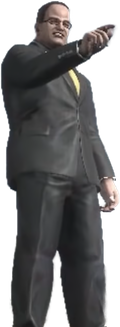in addition to everything else in this thread, ai """""""art"""""" often has this hyper-saturated feel, a bit like some ads or youtube thumbnails, designed to draw the eye to it but just makes everything look too sharp and flat. like the MSG of graphics. not sure how much that makes sense
also how lazy do you have to be to not hand draw/render a chocolate bar? it's just a bunch of chamfered rectangles! no, instead we get 10 chocolate pieces in 10 different shapes and sizes

